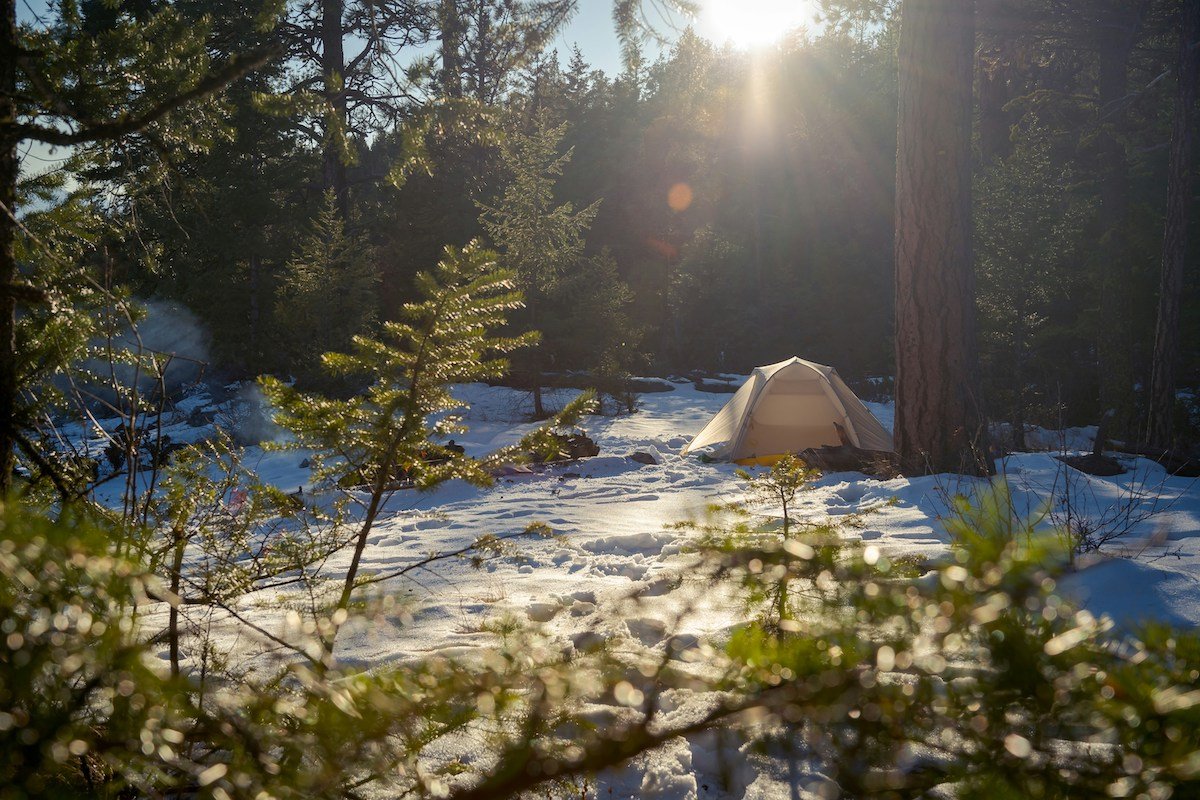

You can camp in cold weather. Yes, you’re going to face cold temperatures. No, you might not stay warm the whole time. But if you have the right gear and a positive attitude, you can not only avoid being miserable but also have a lot of fun.
Planning a camping trip during the winter, which is often low season, has its benefits. Fewer people venture out for winter camping (generally) than they do in the summer, which means areas that experience cold weather may be less busy.
A positive attitude will only get you so far, though, and even the most gung-ho campers are going to need some gear and know-how to stay warm—especially if you’re tent camping. Exposure to extreme temperatures can be dangerous.
If you’re wondering if you can heat a tent safely, the answer is yes. You can heat the inside of your tent using heaters and other methods that don’t require fuel or electric power. We’ll cover them all in this article, alongside some additional tips for insulating your tent, sleeping bag, and body against heat loss.
Note: The U.S. Consumer Product Safety Commission recommends never using a portable heater while sleeping in an enclosed space, such as a tent or an RV.
Recommended Way to Heat a Tent: Tent Heaters
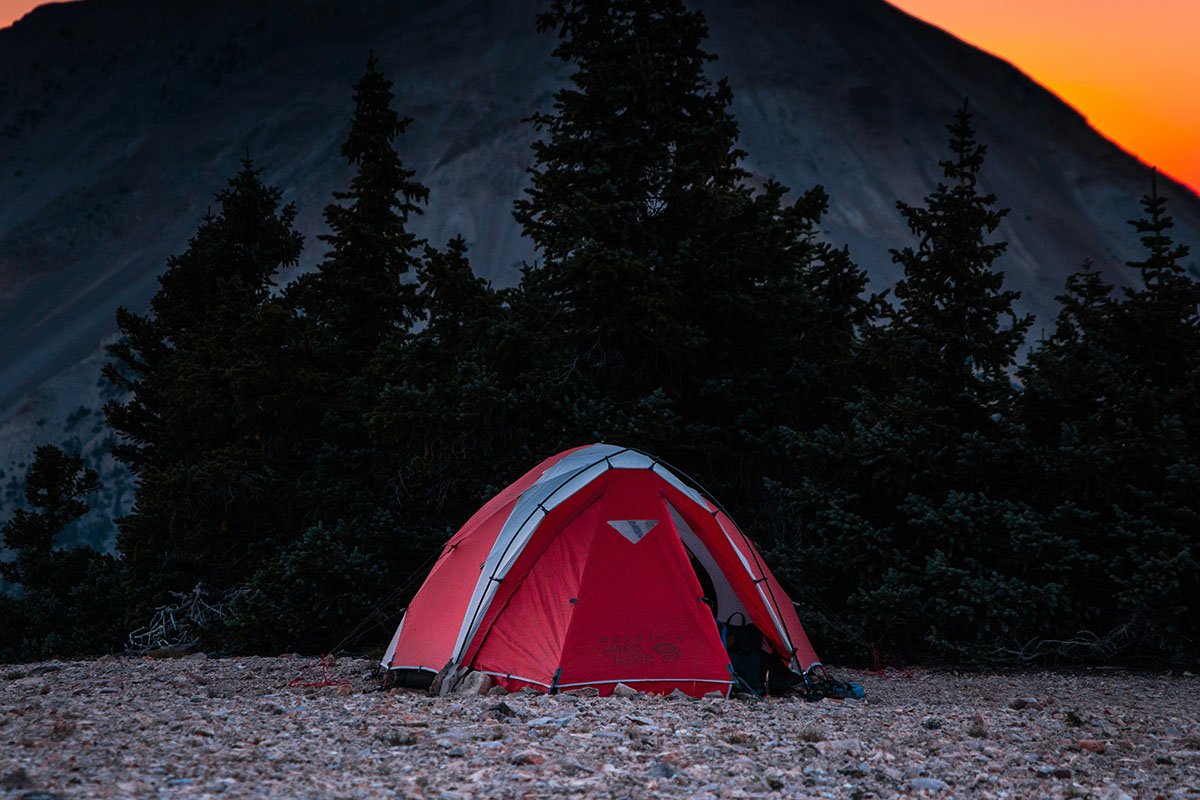
The most straightforward way to heat a tent is a tent heater. Non-electric portable heaters require fuel, and options include everything from propane and butane-fueled heaters to a wood-burning stove. If you have access to an electric hookup or batteries, electric heaters are another popular option.
Always keep in mind that fuel-based heaters require adequate ventilation to avoid carbon monoxide poisoning.
Propane Heaters
Propane and butane tent heaters can be convenient, portable, and effective solutions when the temperature drops.
The best propane tent heaters have safety features built-in, like an auto-shutoff function in case a heater tips over and an oxygen depletion sensor (ODS) that disables the heater if oxygen levels in the surrounding environment become too low.
When looking to heat a tent on cold nights, a propane heater can be an excellent choice. Even small propane heaters can create enough warm air to take the chill off as you prepare to sleep.
Wood-Burning Stove
You can use a wood-burning stove to heat your tent, but you must adequately ventilate. Look for a wood stove option that is light and compact, that’s made from temperature-resistant materials like titanium, and that offers safety features like a spark arrestor.
A wood stove requires a chimney, so you should have a “hot tent” that’s chimney compatible for this to work. If you have a normal tent, we don’t recommend use a wood-burning solution to generate heat inside an enclosed space.
Electric Heaters
An electric tent heater doesn’t create carbon monoxide like gas heaters and wood stoves do, so it does not require ventilation. While an electric heater can turn a cold tent into a warm tent safely and efficiently, it does require electricity—and that’s sometimes tough when you’re on a camping trip.
To power an electric space heater, including convection or fan heaters and radiant heaters, you’ll need electric hookups or a power bank. If you’re relying on portable power to run your heater, don’t assume it’ll work.
Check the watt-hours of energy storage your power bank has and compare it to the heater’s wattage draw to be sure it’ll run for long enough to be effective—ideally without draining your power bank.
If you can make it work, an electric space heater is a fantastic way to safely heat your space and stay warm on a cold night.
Other Methods for Heating Your Tent
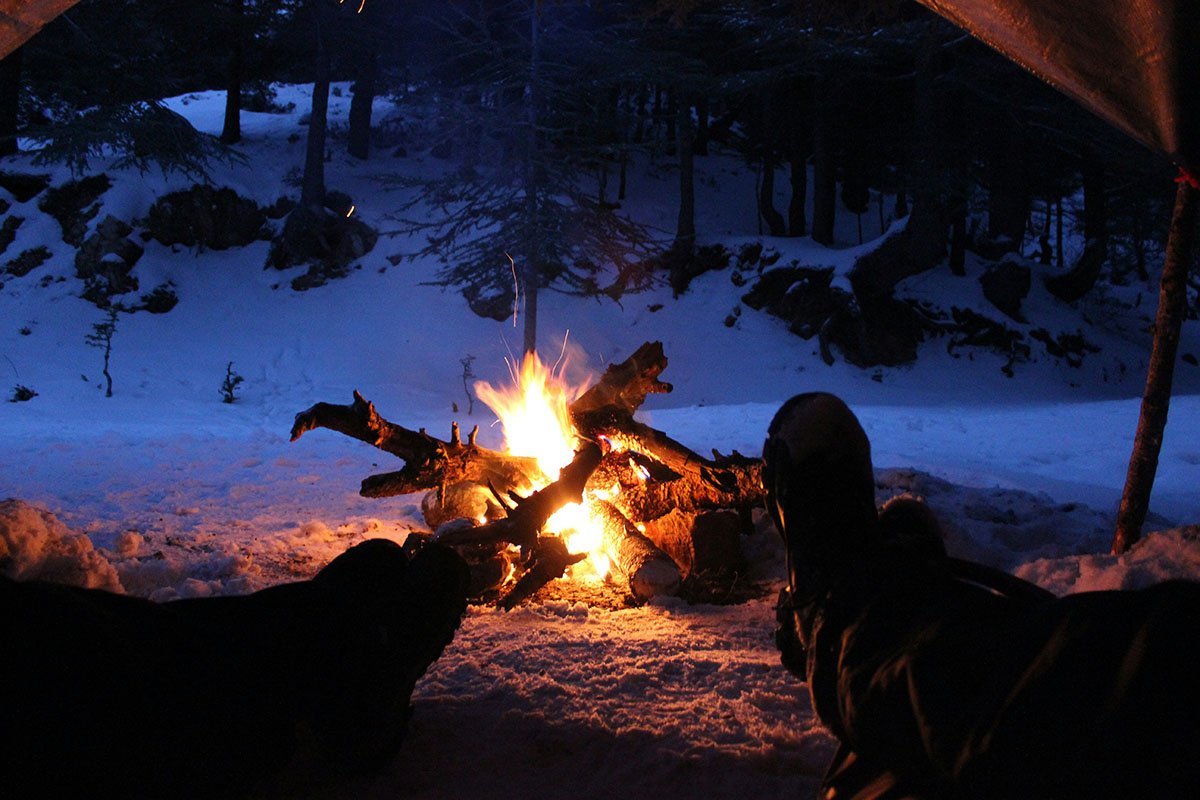
If you don’t have enough watt-hours to power an electric tent heater and don’t like the idea of a propane heater or a wood stove, don’t worry, there are other ways to heat a tent. Here are a handful of ideas and whether we recommend them or not.
Candle Lanterns (Not Recommended)
If you’re in a pinch, you can try to heat up the air in your tent by lighting a candle lantern.
Candle lanterns may boost the temperature of the air directly around (and particularly above) itself, but it won’t warm the entire tent. It certainly won’t protect you from the chilliness seeping through the tent floor from the cold ground.
Candle lanterns have an open flame and are therefore a fire hazard. If you use one, keep it up off the floor and away from the tent walls.
Candles also let off soot and smoke, which will get trapped in your tent, if you don’t let it out. A candle lantern will also need to cool for a while after being extinguished before it’s safe to put away.
Hot Rocks (Recommended)
Next time you’re cold-weather camping, you can take a page out of a survivalist’s book and use hot rocks to warm your tent. Find a handful of medium-sized stones (the number you need depends on the size of your tent) and place them in your campfire.
Use tongs to remove the hot stones from the fire and set each one on a folded-up blanket or towel to protect your tent’s flooring.
The hot rocks will radiate heat and can be enough to keep a small tent warm until the rocks lose their heat. This is a primitive way to add some extra warmth to your shelter, and it doesn’t require buying or transporting much extra camping gear.
Do not attempt this with porous rocks. Porous rocks may explode when put into a fire since they absorb water over time that will vaporize when put into an open flame.
Using a Campfire’s Heat (Recommended in Emergency Situations)
You can heat a tent by pitching it over a burned-out campfire and leveraging the residual heat coming off the hot coals.
To accomplish this, put out your campfire completely, bury the coals, and set your tent up on top after the ground has cooled to the point where it won’t burn you or the tent footprint. Staying warm is a lot easier when there’s no cold ground beneath you.
You can also build a fire reflector to leverage a campfire’s heat to warm you and your shelter. While a fire reflector isn’t the ideal way to heat a tent, it’s better than nothing on a cold night when temperatures turn dangerously cold.
How to Retain Heat and Stay Warm Inside Your Tent
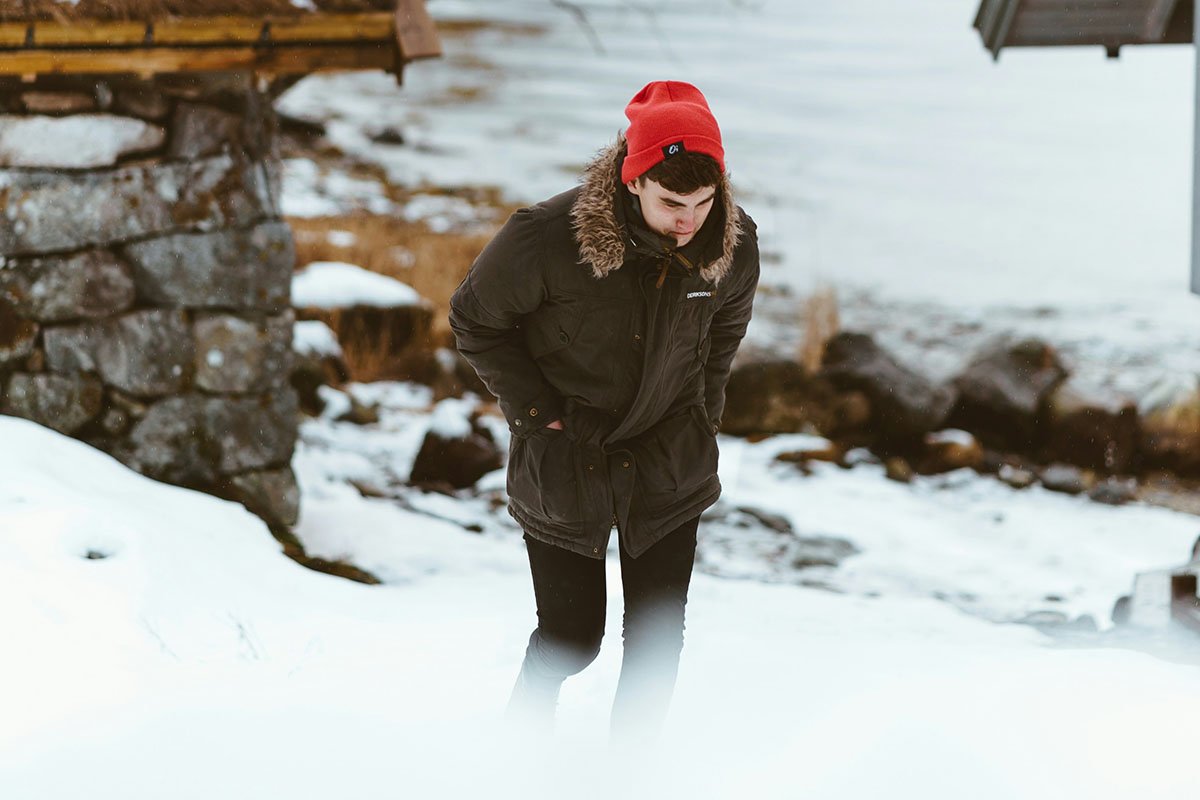
Once you heat a tent, how do you keep heat inside? Your best bet, if you’re winter camping, is to have an insulated tent, like a four-season tent, which is designed to retain heat. Three-season tents, by comparison, are designed to be well-ventilated so that heat can easily escape.
Check out our top picks for best four-season tents.
You can try to create your own insulated tent by using thermal blankets to trap heat, but it’ll only work to a certain degree. More important is to try to preserve your body heat through layering.
Here are some additional strategies for staying warm while winter camping or camping in cold weather.
Additional Ways to Stay Warm Inside Your Tent
Layer Warm Clothes
Layering won’t heat a tent, but it will help you maximize your body heat when it’s cold, and that can go a long way. Layers should include:
- A moisture-wicking base layer
- An insulating layer
- A waterproof and windproof outer layer
Use Electric Blankets and Pads
A heated blanket is a great idea for staying warm on a camping trip. While it won’t produce warm air, you can place an electric heating pad beneath your sleeping bag, or you can sleep with an electric blanket on top of you to stay warm all night long.
To make an electric blanket or pad work, though, you’ll need a power source or a portable battery with enough juice.
Put Hot Water Bottles in Your Sleeping Bag
You can boil water on a campfire, pour it into a couple of heat-safe bottles, wrap the bottles in a shirt, cloth, or blanket, and throw them in your sleeping bag. The hot water bottle or bottles will radiate heat and make your sleeping bag warm before you get in.
Use a Sleeping Bag Liner
You can also make your sleeping space warmer by using a sleeping bag liner. The liner serves as an extra layer for holding warmth close to your body.
Precautions and Safety
Carbon monoxide poisoning is a risk when using gas heaters and wood stoves to heat your camping tent. Always give yourself proper ventilation, which could be as easy as unzipping part of your tent’s door or window.
Be aware of fire risks when trying to heat a tent. Using an open flame inside an enclosed space is inherently dangerous.
Never leave heating devices unattended or use them overnight. Follow manufacturers’ instructions and safety guidelines to prevent accidents.
Final Thoughts
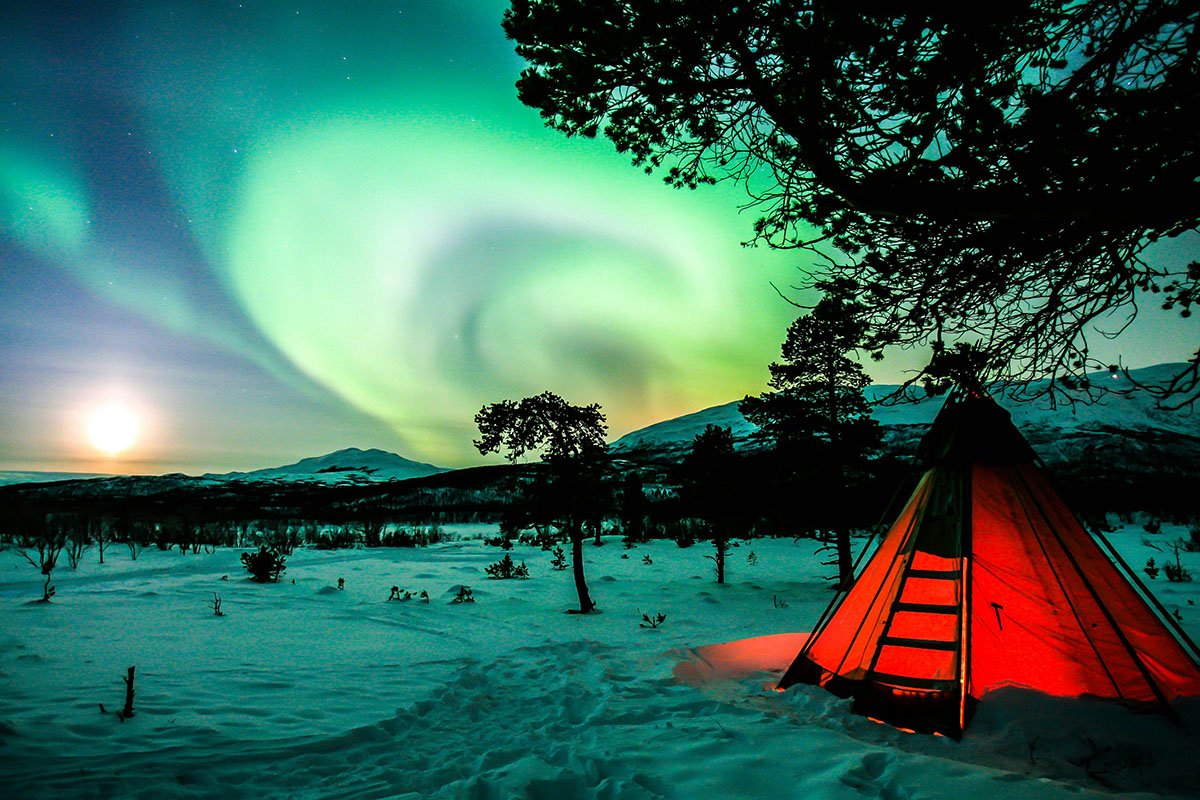
Now that you know how to safely heat a tent, you’re ready to go camping, even in the cold. From portable heaters to hot water bottles, there are many ways to heat a tent and stay warm inside of it, but don’t forget the basics.
Prioritize layering warm clothes to keep in your body heat, and make sure you have the appropriate camping tent for the weather.
Check out our winter camping tips article for more.
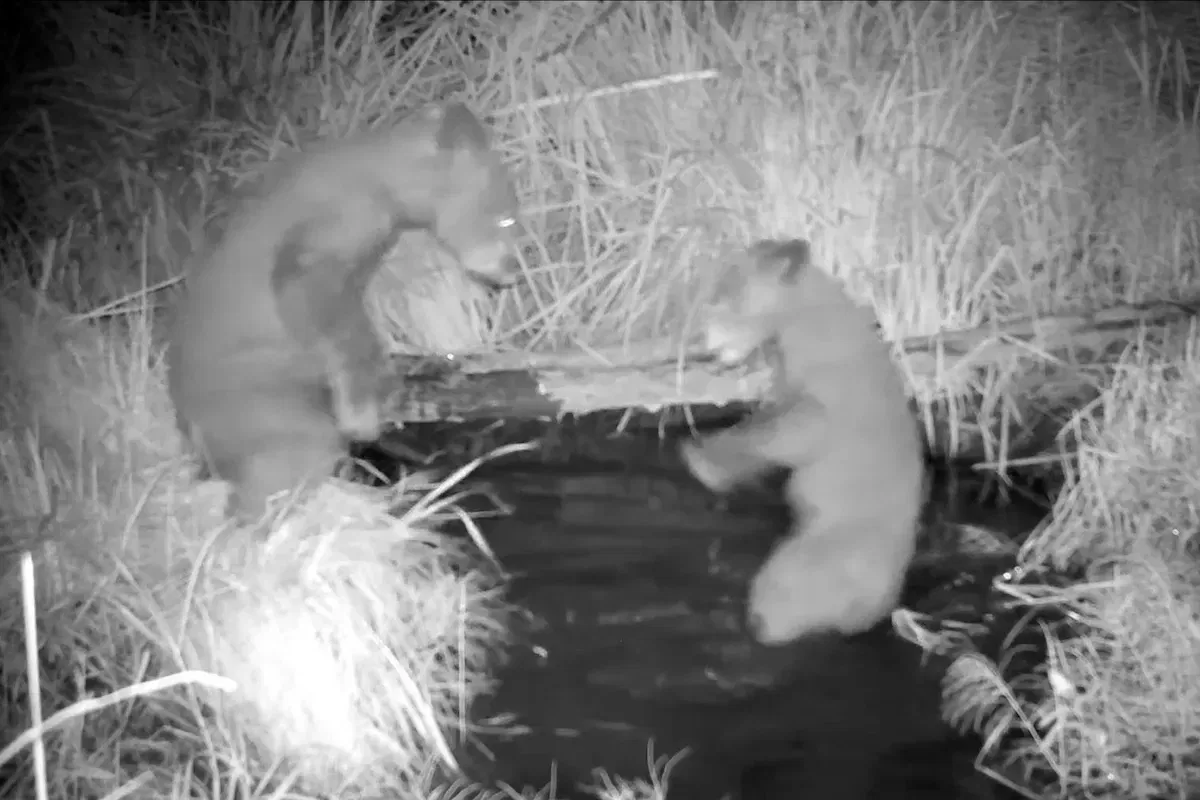
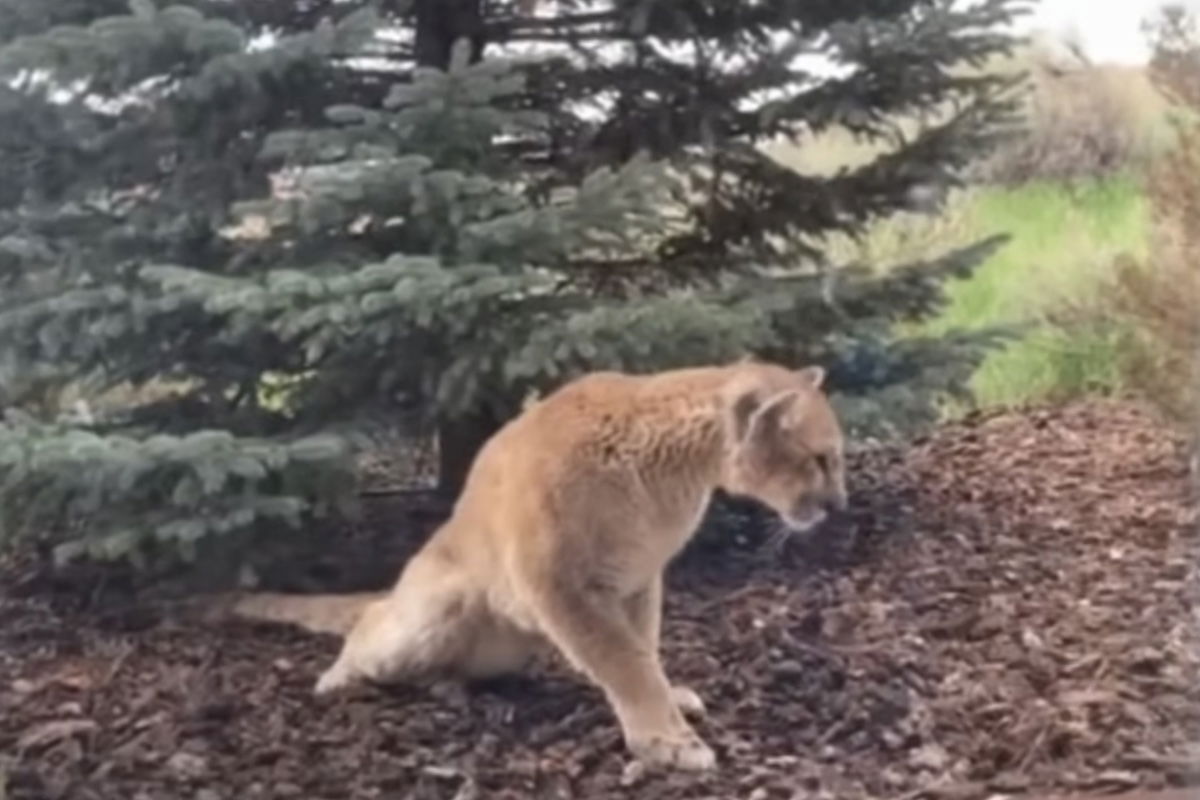


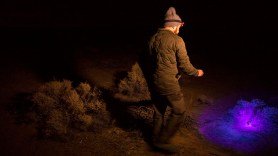


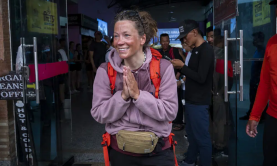
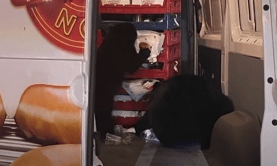

It’s all great unless your homeless then you have no options or same rights as others. Last thing bylaws or police fire dept or parks and recreation is allowing comfort to less fortunate because it’s harder to displace them.
Fires happen mostly because of accidents or if homeless then others who rather them gone start them themselves . This is where the fire dept all of a sudden can’t give explanation of cause ever because that would contradict their concern for the well being . Basically they lie to get the. Camps shut down . In Maple ridge. Tent city had 11 fires in 3 years, 7 were caused by outsiders wishing harm on the homeless. Things like propane tanks with valves named so they explode , Jerry cans with rags in them on fire and placed around camp and the last one was really dangerous . A gentleman and his girlfriend from Surrey were caught in camp igniting a propane tank that They hey booby trapped to explode. Fortunately for us some campers stopped the male from succeeding. Now he has to get passed 15 security a double fenced in area that was bolted together with one exit 12 ft high . Weird eh!? Well it gets crazier because this was the 4 th fire in 3 days all caused by this guy. So I escorted the two arsonists out of camp where RCMP are parked and said what they did and they wanted a statement . Head of security spoke up and said she was confronted by this fellow threatening to burn it to the ground you’d think this would be dealt with the full extent of the law.. nope. Head security guard was replaced the fire bugs drove home to Surrey no charges . Few days later I was informed of the situation and demanded something be done . This guy bragged on Facebook and video taped the fires he started in our camp but fire dept has no idea how it started police had no leads lol. If I wasn’t there to witness this joke of misuse of authority I wouldn’t believe it myself .
So I made a statement to two RCMP to protect the camp only to discover the offericrrs were transferred to Coquitlam few days later with no one following up on the attempted murder. Couple weeks later in Coquitlam I was helping with advocating when one of the cops saying hi and laughing. He said that’s a corrupt little town you live in . I could go on but I’m too pissed off . I would take a lie decteor test in a heart beat along with the mayor at the time Mike Morton and fire chief also taking the test but unfortunately I’d be the only one who’d show up.
For long bikepacking trips I use usb heating pads in my two person 7×5 tent. They work perfectly , weigh almost nothing. And are so safe I can sleep comfortably and not worry.
I put a blanket between the tent and the rainfly. It really helps keep in what ever heat i have. Wether its a gas heater in the vestibule of just my body heat.
For cold weather, first thing is get up off the cold ground. Whatever i use to elevate gets a tarp over it then tent. Before i attachpthe rain fly, it needs insulation. Using something like Insul-Fleece or Insul-brite fabric would work very well but it would take too much of it so ill use a large blanket. Cover the tent evenly and make 4 small cuts in the top, where the blanket sits directly over the tent pole. Zip tie blanket in place. Attach fly. Next is a tarp, i have repurposed old tent pole segments and made some long supports for the tarp. Zip ties, paracord etc. My tent bag ALWAYS has a sheet of Mylar. It works by reflecting. What isnt widely known and I make it a point to tell as many people as i can is how to use Mylar to keep COOL. Usinpg its reflective abilities, instead of wrapping yourself up like a giant burrito, lay it out flat and cover the outside of your tent. Any part that’s in the sun, cover with Mylar. You have created your own shade, the temp inside will drop significantly] all that sunlight that was blasting your tent is now bouncing off. This is a great situation to use those dual faced solar panels to catch the light reflecting off your tent.
I dont use a heater, i use insulation. I will use disposable handwarmers for my puppy though. She doesnt like cold weather at all so in addition to her cold weather gear which is plentiful, that’s all been upgraded with Insul-Fleece and ill open a heat pack and stick it under her bed or anywhere she needs it. Just keep an eye on these things, they can get very hot. Gorilla tape stuck to them can help regulate air flow
Hot water bottle gets cold and eventually depletes body temperatures
Put your clothes for the next day inside your sleeping bag.
It is also important to reduce the volume of your shelter to retain body heat. I effectively do this in a tent by covering my sleeping system under a reflective insulated blanket as opposed to on the outside of the tent or under the rainfly. Essentially a smaller tent in a tent. I also put a mylar sheet under my sleep system to reflect infrared heat back at me. This is in addition to several of the suggestions above (layering, hot bottles, hand warmers, etc.).